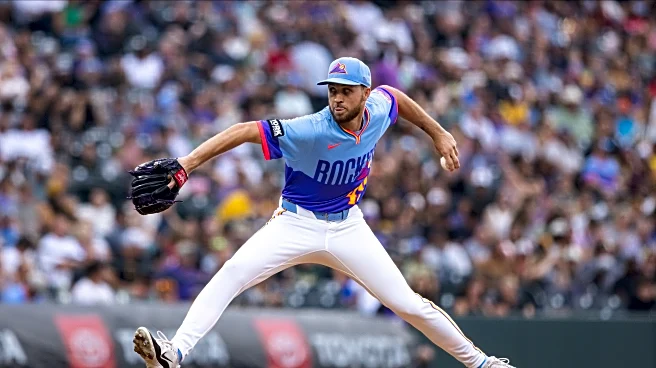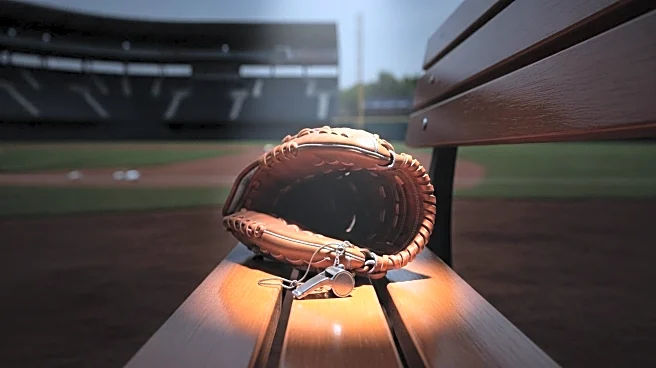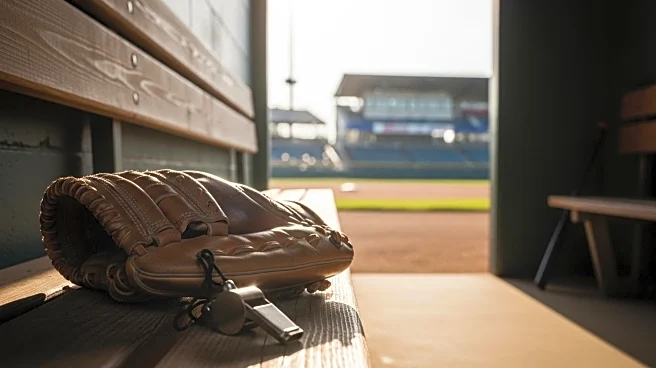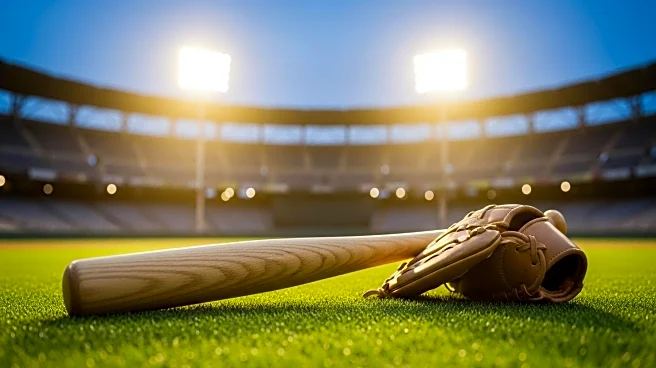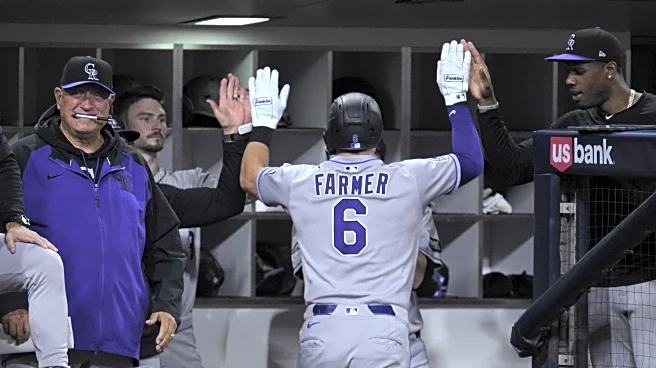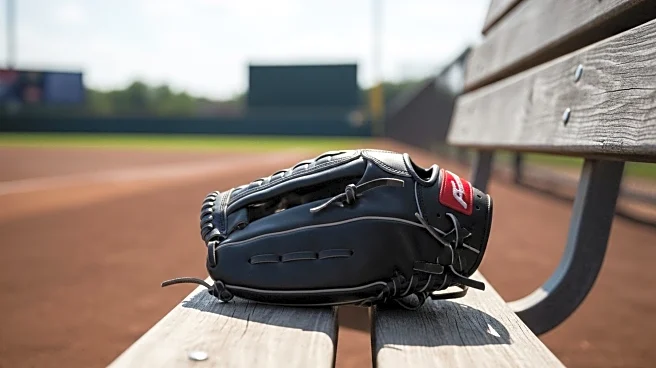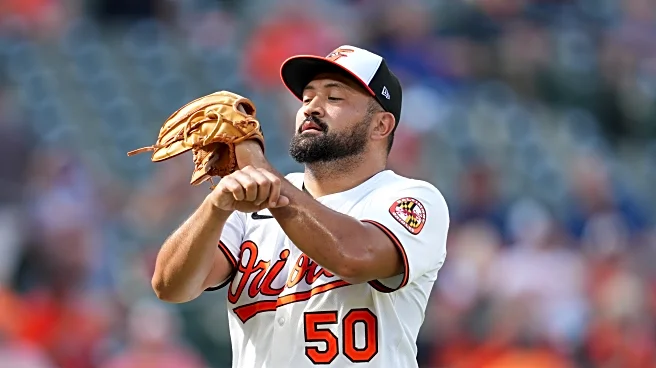Welcome to the 2025 edition of Ranking the Rockies, where we take a look back at every player to log playing time for the Rockies in 2025. The purpose of this list is to provide a snapshot of the player in context.
The “Ranking” is an organizing principle that’s drawn from Baseball Reference’s WAR (rWAR). It’s not something the staff debated. We’ll begin with the player with the lowest rWAR and end up with the player with the highest.
No. 46, Carson Palmquist (-0.8 rWAR)
When starting pitcher Ryan Feltner was sidelined with back spasms in May, the Rockies turned to tricky left-handed pitcher Carson Palmquist to make one of the season’s many big league debuts.
Palmquist—who turns 25 this week—was a dominant reliever in his first two seasons at the University of Miami before converting to the rotation during his junior year. When all was said and done he held a 2.63 career ERA with the Hurricanes over 49 appearances and 16 starts with 208 strikeouts. The Rockies selected him in the third round of the 2022 draft.
A quick riser through the farm system, Palmquist was with the Triple-A Albuquerque Isotopes by the end of the 2024 season and started there in 2025. He was ranked no. 9 in Purple Row’s pre-season prospect listings.
In his first seven starts with the Isotopes this season he struck out 45 batters with a 3.82 ERA over 35 1/3 innings of work. After looking calm and comfortable in the hitter-friendly PCL, he seemed like an ideal candidate to add to a struggling Rockies rotation in the midst of a historically bad start.
Palmquist was called upon to start against the Arizona Diamondbacks on May 16th. Unfortunately, the outing did not go as planned. He gave up five earned runs on six hits with a walk over four innings and failed to record a strikeout.
However, Palmquist did not let the tough outing take away from how special his debut was to him.
“I mean, I’ve said it since it happened,” Palmquist said after the game. “It was the best day of my life so far, just getting to live out your childhood dream that you’ve dreamt about since you first started playing baseball, Little League, Tee-ball, and it was just the dream come true, to stand out there and take it all in and get to work at pitching.”
He was also confident that he belonged and that his pitches—especially his off-speed arsenal—would work at the big league level.
“It was just getting the off-speed over and seeing them take some sort of bad swings at the off-speed pitches, and knowing that this is going to work up here and still going to get outs the same way it did at the other levels,” Palmquist told Purple Row. “Just fill in the good spots and get outs.”
Palmquist was roughed up by the Philadelphia Phillies in his next start, giving up seven runs (six earned) on ten hits. He notched his first two big league strikeouts but walked four batters and gave up two home runs.
His next two starts were two of the best in his young career. Against the Chicago Cubs he gave up just two earned runs on three hits through five innings, and against the New York Mets he tallied a career high eight strikeouts.
Sadly, Palmquist was never really able to find or maintain a rhythm. In his final four big league starts—including his eight strikeout game against the Mets—Palmquist failed to make it through five innings and gave up at least one home run. He gave up six total home runs over those 17 1/3 innings of work.
The Rockies optioned Palmquist back to Triple-A Albuquerque in late June where he resumed solid work in the Isotopes rotation. However, general manager Bill Schmidt made the decision to move him permanently to the bullpen after the All-Star break.
Palmquist’s first minor league bullpen appearance went well. He worked two hitless, scoreless innings and struck out four batters. His next outing went less well. In 1 1/3 innings he gave p four earned runs on four hits—including a home run. Thankfully, he rebounded and pitched a scoreless 1 2/3 innings his next time out.
The Rockies called Palmquist back up to the big league roster at the start of August and he struggled immensely. In two appearances and 3 2/3 innings of relief he gave up eight earned runs on ten hits—two of which were home runs—and walked seven batters to his five strikeouts.
He continued to struggle after being optioned back to Triple-A. In his next eight appearances out of the bullpen he posted a 11.81 ERA over 10 2/3 innings with 11 walks and 18 strikeouts.
Palmquist’s biggest issue this season was his fastball. Averaging just 90.2 MPH this season, the pitch is largely uncompetitive unless it’s perfect. Relying on deception and a low arm slot, the pitch is at it’s best when located at the top of the strike zone to set up his arsenal of breaking pitches.

When Palmquist wasn’t perfect with his fastball—which was frequently—it was demolished. Opposing batters hit .397 against it with a .781 slugging percentage. Seven of the ten home runs Palmquist gave up came on the fastball.
However, Palmquist (no. 17 PuRP) is still young and shows a decent amount of promise. He has an excellent sweeping slider that was effective against major league hitters with a 33.7% whiff rate and a changeup that shows promise. He also found a groove out of the Albuquerque bullpen to finish out the season. He was scoreless in his final five appearances, giving up five hits over 8 2/3 innings with seven strikeouts and only three walks.
Palmquist finished the season with a 8.91 ERA over 34 1/3 big league innings, striking out 27 batters and walking 25 over nine appearances—seven of which were starts. In Triple-A he posted a much less unsightly 4.64 ERA over 77 2/3 innings, striking out 94 batters to 42 walks over 26 appearances—ten of which were starts.
While Carson Palmquist’s rookie debut did not go as planned, he still has a chance to carve out a role for himself in the organization’s future. With Bill Schmidt gone, we don’t know if his move to the bullpen will stay permanent, but it might be the best place for him with his pitch mix. If he does stay in the bullpen, he will likely get plenty of opportunities next season.
